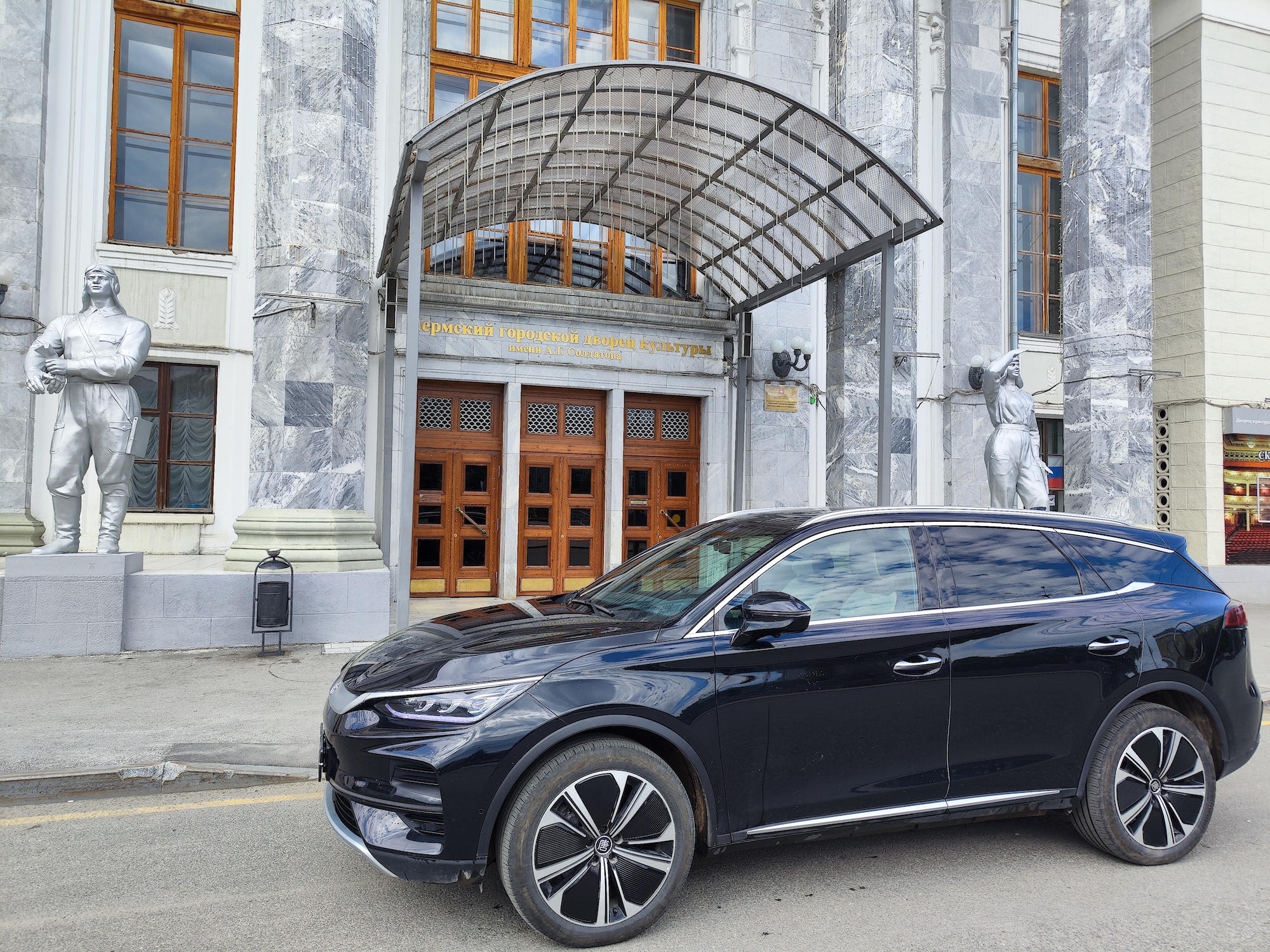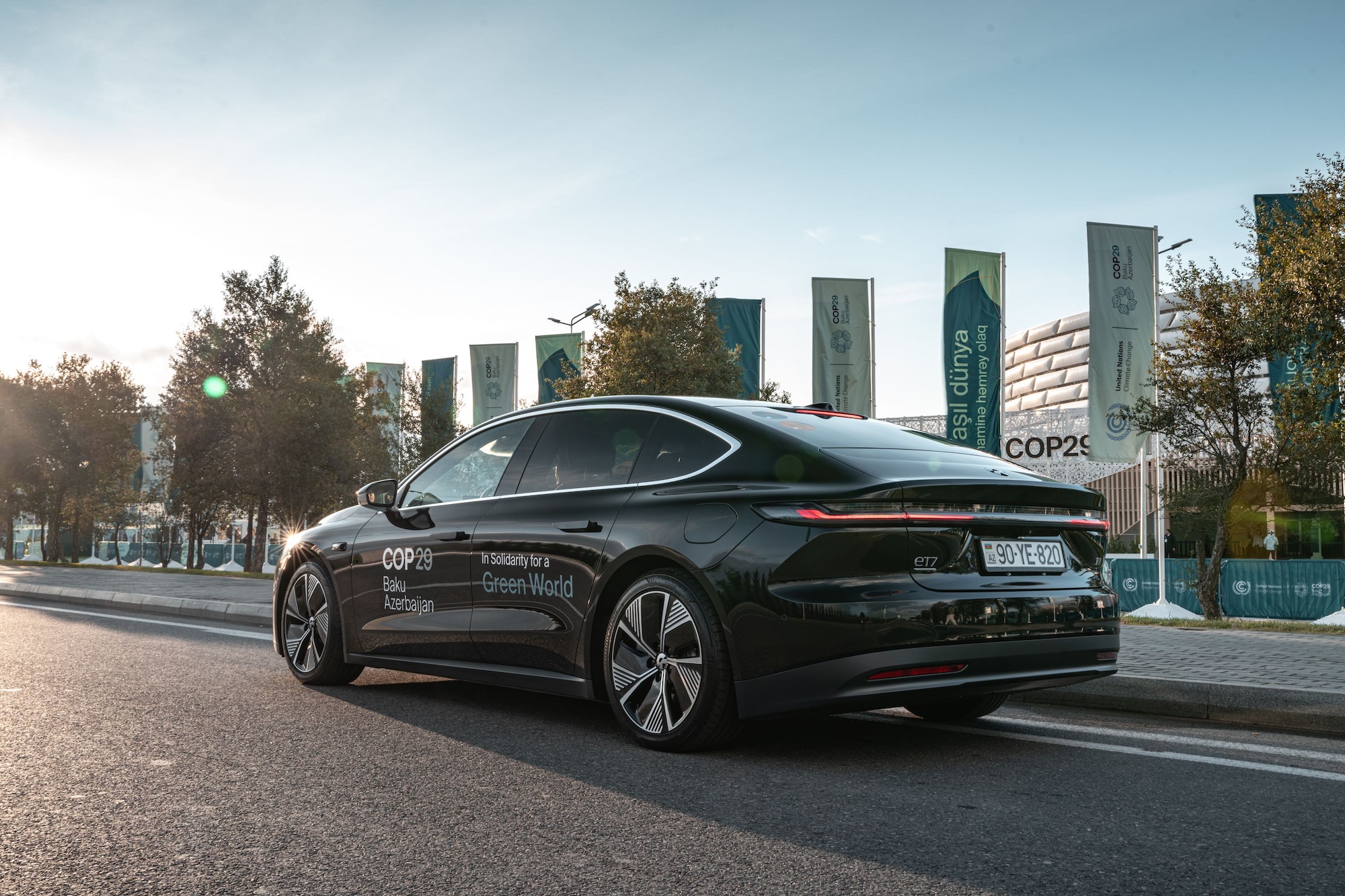Sign up for daily news updates from CleanTechnica on email. Or follow us on Google News!
It took me 4 years to get a score victory in Civilization VI (Civ VI). I noticed the extensive climate features in Civilization VI while playing. Civilization VII is poised to come out next year. This led me to wonder what new climate features Civilization VII will add that Civilization VI missed or could be added with new technology since the game came out. Civilization VI sold 11 million copies and the Civilization games have sold 40 million copies over 30 years.
Current climate features in Civilization VI
A non-exhaustive list of current climate features in Civilization VI, from the Civ VI fandom wiki, are below. Almost all of the topics below have been covered extensively by CleanTechnica.
- Note: Civ VI has the best game mechanics regarding climate of any game I have seen
- CO2 levels are also affected by the global level of deforestation. This means how many Woods, Rainforests, and Marshes have been removed from the map throughout the game.
- As the global temperature increases due to elevated CO2 levels, the polar ice starts to melt (i.e., Ice tiles will disappear and be replaced by Ocean tiles), which raises the global sea level.
- We see sea levels rising and polar ice melting furiously in extensive feedback loops)
- Climate change will progress through seven different phases of severity as increasing numbers of Climate Change points are earned. Each Climate Change point corresponds to a 0.5°C global temperature increase.
- With the continued progress of climate change and rising sea level, flooded tiles will eventually become permanently submerged.
- Submerged tiles can never be recovered, and are replaced by Coast tiles.
- It seems we are at the FO phase of FAFO. A global science experiment in which we are all participants.
- World Climate Screen
- All the info about the new climate system may be visualized on the brand new Climate screen
- The bar in the upper part of the screen shows the current phase of climate change
- The current global level of CO2, adjusted by deforestation level, along with the current leader in emissions
- On the right-hand side, you may see the relevant chances for each type of disaster. They are based on the game setting, and modified by the climate change described to the left.
- At the bottom of the screen, you will see the world sea condition: how much polar ice has been lost, and how much has the sea level risen as a consequence (down to the raw number of tiles that are currently flooded or submerged already)
- Climate Accords is a Scored Competition in Civilization VI: Gathering Storm
- “We all must do our part to reduce mankind’s carbon footprint. Those who do best will be thanked by the generations to come.” – In-game description
- The deforestation level is a percentage of number of features cleared (Marshes, Woods, Rainforests) versus the total number of removable features on the entire map.
- A high level of deforestation will amplify the amount of CO2 in the atmosphere; conversely, a lower one will result in lower calculated carbon emission.
- The second type of floods happen on coastal lowland tiles, and are a direct result of melting ice caps (which in turn is a result of climate change). Coastal flooding will start occurring as climate change progresses to certain phases, and will first affect the 1-meter tiles (that is, the lowest-lying flatlands), then the 2-meter tiles, and finally the 3-meter ones.
- Note: A 3-meter sea level rise on Earth would be devastating.
- I asked CoPilot about a 3-meter sea level rise impact on Earth: Inundation of Coastal Areas: Many low-lying coastal regions would be submerged, leading to the loss of land and displacement of populations. This includes major cities and small island nations.
Coal, Oil, Nuclear Power Plants
- It unlocks the Naturalist, a special unit whose task is to wander the wild parts of your empire and found National Parks, where your citizens may go and admire nature.
- It also gives new importance to Woods, increasing the Appeal of those that have been there since the beginning of time and teaching Builders how to plant new ones.
- When it occurs, a tile with Woods or Rainforest catches fire, which may later spread to nearby tiles with the same feature.
- Once the forest fire has burned out, the Woods and Rainforest is replaced with a Burnt variant
- Note: Unlike reality, Civ VI Forest Fires don’t spread to homes, farms, or buildings
- Woods and Rainforests in Māori territory earns an extra Production, as long as you leave them undeveloped.
- With this project a city uses its facilities to clean the atmosphere by different methods.
- Note: Reality points to carbon recapture as greenwashing to keep polluting on unproven, non-scaleable, expensive technology
Missing climate features that should be added to Civilization VII
- Natural gas wells, pipelines, and power plants
- High-voltage transmission lines
- High-speed rail
- Public transportation
Love to see in Civilization VII
I would love if any of the following climate items made it into Civ VII. There is no guarantee they will feature climate as heavily as they did in Civ VI.
- Climate migration
- Climate flickering
- Tipping points in the climate system can be the result of a slow but linear development.
- However, they can also be accompanied by a ‘flickering’, with two stable climatic states that alternate before a final transition occurs — and the climate tips permanently
- Electric vehicles and charging
- Hybrid diesel electric locomotives
- Carbon dividend
- Long term energy storage (such as Pumped Hydro or Flow Batteries)
- Agrivoltaics
- Floating solar (on lakes or oceans)
- Space-based solar power
- Seaweed and lithium as resources
- Green hydrogen plants and pipelines
- Next-generation nuclear reactors (such as Small Modular Reactors and Fast Reactors)
- Sustainable jet fuel
- Water conservation
- Heat pumps
- Sustainable concrete
- Wood buildings
- Coral reef restoration
- Hydroponics
- Building retrofits
- Insulation
- Energy efficiency
- Fuel cells
- Carbon impact from investments
- Changing ocean currents
- The rising storm surge, flooding, or stalled, intense rain associated with modern hurricanes and storms
- Earthquakes
- Burst dams from excess flooding
- Forest fires that can impact districts and improvements
- Drying lakes
- Desalinization plants
- Sinkholes
- Sinking cities (from weight or lack of a water table)
- Heat domes
- Promoting climate trade to help poorer countries or island nations
A technology or policy in the game doesn’t mean it is practical or possible in real life. The more people know about these topics, the better conversations we can have.
What climate technology or topics would you like added in Civilization VII? What climate topics have you seen in other games? Let us know in the comments.
Glad to be writing again at this critical juncture in world history.
Also see: “How five crucial elections in 2024 could shape climate action for decades” in the journal Nature
Have a tip for CleanTechnica? Want to advertise? Want to suggest a guest for our CleanTech Talk podcast? Contact us here.
Latest CleanTechnica.TV Videos
CleanTechnica uses affiliate links. See our policy here.
CleanTechnica’s Comment Policy





